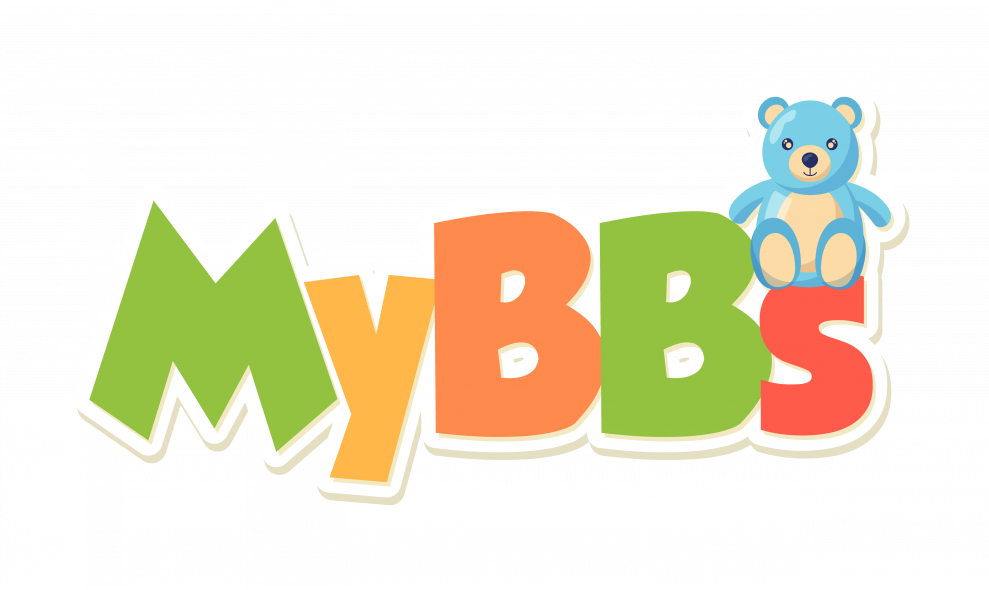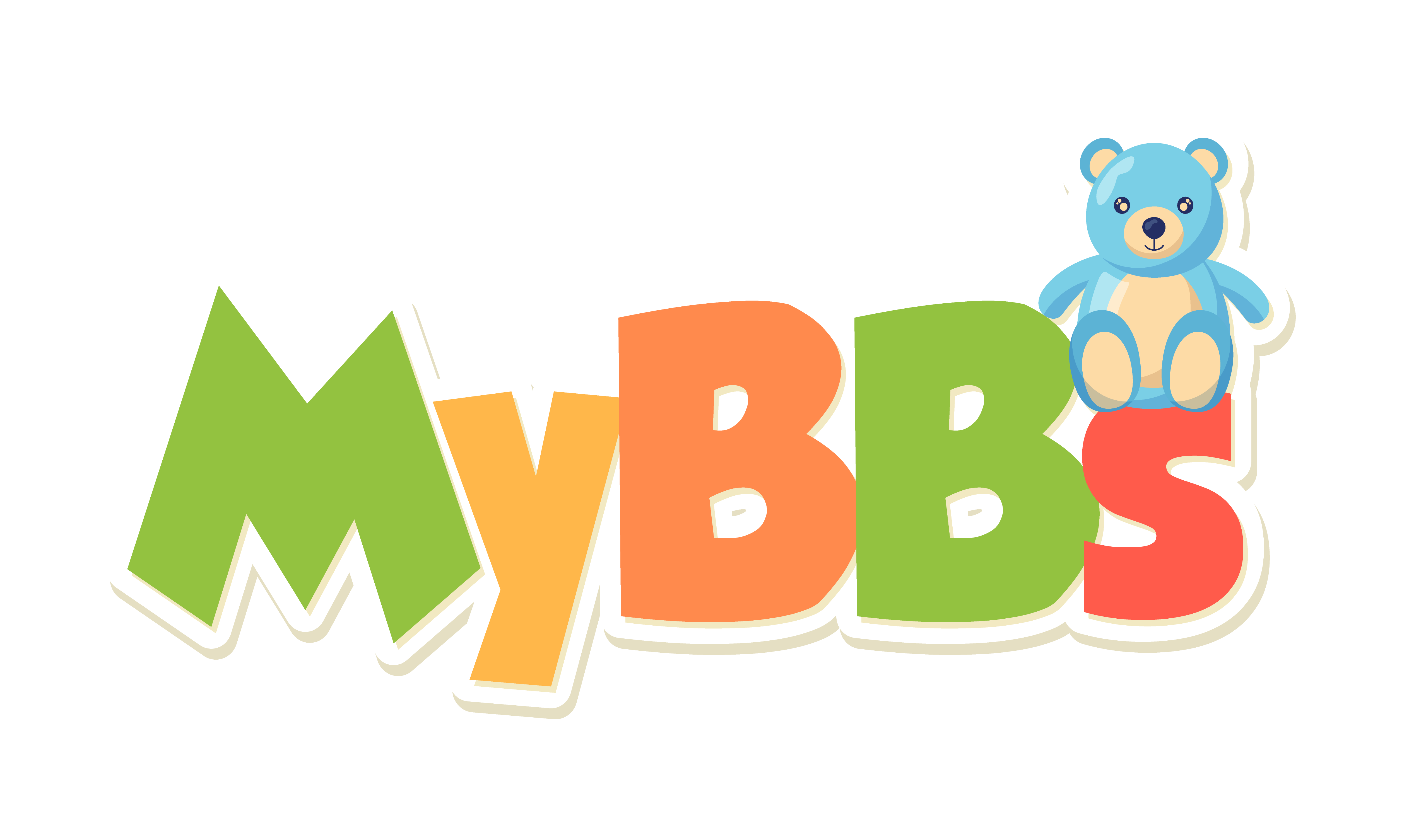Why Beanie Babies
How to Encourage Imaginative Play When You Buy Toys for Kids
Does it seem like your child is already glued to their tablet? Tablets can be great for children, but unfortunately, they don’t offer them the opportunity for imaginative play. Many children never learn how to be creative because they’re so used to being overstimulated.
But how do you buy toys for kids that will encourage imaginative play? Kid’s toys today are so often electronic!
We’re here with a few suggestions for what kid’s toys to buy and how you can encourage creative playtime with your child. Read on to learn more.
Not All Toys Need to Be Interactive
This is a tough pill for many parents to swallow. When you’re always being bombarded with toys with lights, sounds, and built-in games, it’s hard to remember that not all toys need to have these features.
It’s okay (and even recommended) to have some toys with lights, sounds, and other types of stimulation. That type of stimulation can be beneficial for young children, but it can also discourage imaginative play when used in excess.
Next time you visit the toy section of your local department store, try to locate toys that are silent and still. These are the toys that look like the ones that you played with as a kid.
Cut Down on Screens
Speaking of interactivity, it’s a good idea to cut down on toys and games with screens. Screen time can be beneficial for children. Screens are great for teaching new concepts and entertaining children when parents are otherwise occupied (they’re great for long car rides).
With that in mind, children can get addicted to screen time (just like adults). This will make it more difficult for them to play independently and focus on tasks.
Many young children are already forming internet addictions. The constant dopamine rush from screens can do long-term damage that will be difficult to manage and undo in the future.
Balance screen time with independent playtime.
Show Children How to Play
This might sound silly, but some children need to be taught how to participate in imaginative play. Don’t worry, it still counts even if they need a nudge in the right direction.
When you buy Beanie Babies, dolls, or other “less interactive” toys, present them to your child and see what they do. Some children will take to them right away, but others won’t be sure how to interact with a toy that doesn’t have some kind of button or screen.
Start making up voices for the Beanie Babies, stuffed animals, and dolls. Show your children how to make things like pillow forts. Remember that children aren’t born knowing how to do these things, and children who have never had exposure to imaginative play may not understand right away.
If possible, have children play together. They’ll be able to bounce creative ideas off of each other and they’ll be able to play more effectively.
Buy Toys Children Can Combine
Imagination and creativity can truly blossom when children are able to combine their toys together to create vivid imaginative worlds and games.
As a child, did you ever make furniture for your dolls and action figures with blocks? Did you use doll cars to drive around your Beanie Babies? Did you put doll clothes on things that weren’t dolls?
Children don’t yet have the concept of things not going together. There’s no “right” or “wrong” way to play with toys. You’ll find that kids pair together big stuffed animals with tiny dolls and make them into best friends.
A Beanie beaver can easily turn into a princess with some Barbie clothes. G.I. Joe can take the hot pink Bratz car for a spin.
You can even combine toys with non-toy items, like cups, pots and pans, and craft supplies (just make sure that it’s nothing that can make a mess). This will further encourage creative thinking.
Buy Some Enrichment-Focused Toys
While you want to put the emphasis on toys that are “blank slates,” adding a few enrichment-focused toys into the mix (that aren’t screens or otherwise electronic) will further encourage creativity and imaginative thinking.
These are toys like puzzles and Rubix Cubes (or other similar tactile games). They make your child think in new ways and they’re great for focus.
They don’t provide the same constant dopamine hit as electronic toys so they’re still beneficial. Buy toys and games that stimulate without over-stimulating.
Let Children Shop With You
Letting children shop for toys with you can be scary. After all, children are going to want to buy everything, right? How can they choose the toys that are right for them?
Children are inherently curious. Tell your child that toys with chargers and batteries are off-limits, but then give them the freedom to pick and choose what they want.
They’ll often gravitate toward soft toys, dolls, and old-school toys like bouncy balls on their own.
Let Children Be Bored
If you want to encourage your child to be imaginative during playtime, you have to let them be bored every once in a while. Leave your child alone and don’t try to be constant entertainment for them. As long as they’re playing with safe toys, they don’t need non-stop supervision.
If your child is alone in a room with non-electronic toys, they’ll start to find a way to entertain themself.
For adults, boredom seems to equal discomfort. We’re so used to being constantly overstimulated that the idea of sitting in a quiet room is scary.
Children have vivid imaginations and short attention spans. They won’t be able to stay bored, even if they’re too used to over-stimulation.
Buy Toys for Kids That Encourage Free Play
As a parent, it’s your job to buy toys for your kids that will encourage creativity and imaginative play. It’s tempting to buy electronics with bright lights and loud sounds, but make sure that you balance them out with toys that will never need a battery or a charger.
Your children will learn how to play on their own as long as you give them a chance.
Are you looking for a classic toy for your child? Check out our supply of Beanie Babies and find your child’s new toy animal companion today!

